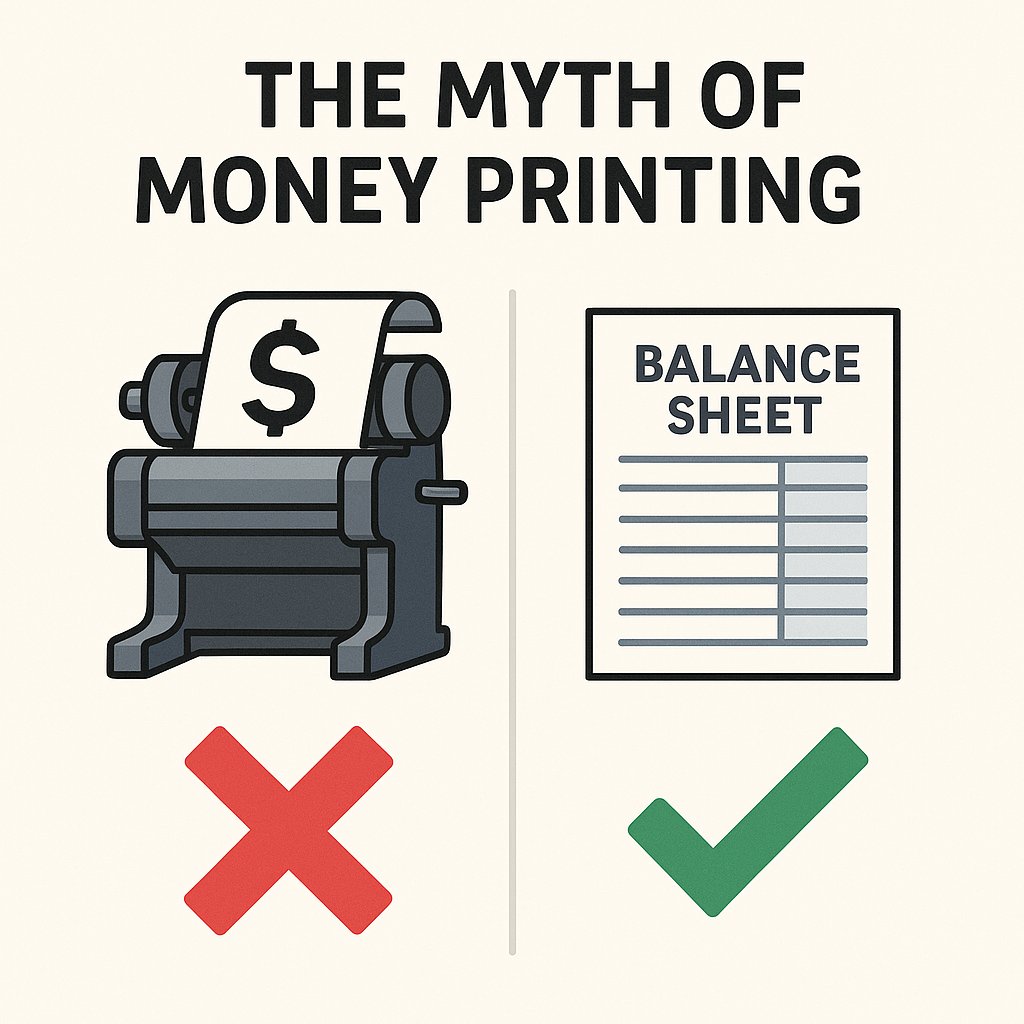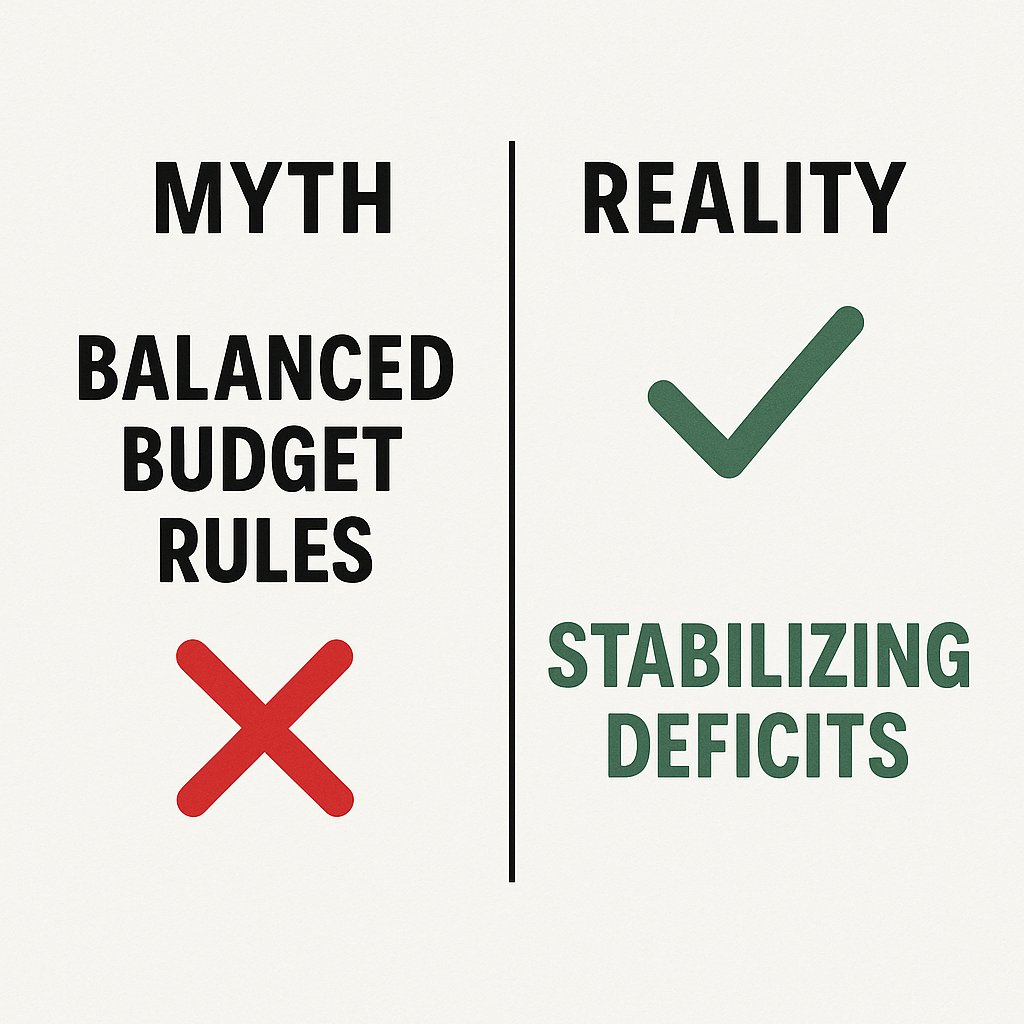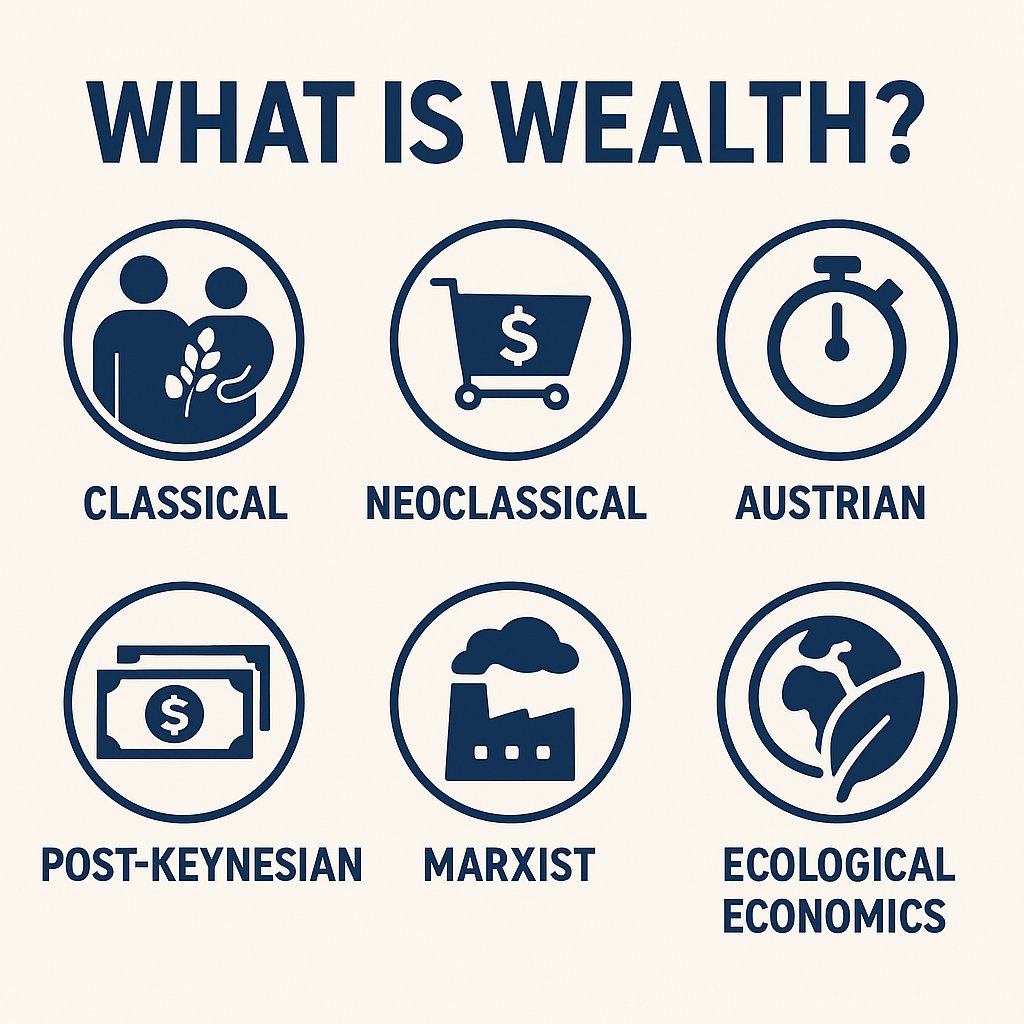Neoclassical and New Keynesian (NK) DSGE models both claim to explain the macroeconomy.
One assumes perfect equilibrium. The other adds a few "frictions."
Under the hood, they share the same broken core.
🧵1/12
One assumes perfect equilibrium. The other adds a few "frictions."
Under the hood, they share the same broken core.
🧵1/12

Start with old-school neoclassical DSGE.
Perfectly rational agents, perfect competition, instant market clearing.
Unemployment is just "leisure," crises are accidents, and everything glides back to equilibrium.
🧵2/12
Perfectly rational agents, perfect competition, instant market clearing.
Unemployment is just "leisure," crises are accidents, and everything glides back to equilibrium.
🧵2/12
New Keynesians looked at that fantasy and said: "OK, but prices seem slow."
So they added sticky prices, some adjustment costs, maybe a Calvo fairy.
Same world, just a bit sluggish.
🧵3/12
So they added sticky prices, some adjustment costs, maybe a Calvo fairy.
Same world, just a bit sluggish.
🧵3/12
In the baseline DSGE world, macro is built around Euler equations, intertemporal optimization, and a "natural" output level.
HANK models add heterogeneous agents (the HA in HANK), but still lean on the same optimizing, rational-expectations, equilibrium core.
🧵4/12
HANK models add heterogeneous agents (the HA in HANK), but still lean on the same optimizing, rational-expectations, equilibrium core.
🧵4/12
That means neither neoclassical, NK, nor HANK fundamentally generate crises.
Shocks come from outside.
The internal dynamics of credit, expectations, and balance sheets are not what drive the cycle.
🧵5/12
Shocks come from outside.
The internal dynamics of credit, expectations, and balance sheets are not what drive the cycle.
🧵5/12
Money and banks are mostly decoration.
Often they’re just "intermediaries" or an extra equation set.
So the credit system that actually blows up the real world barely exists in the model.
🧵6/12
Often they’re just "intermediaries" or an extra equation set.
So the credit system that actually blows up the real world barely exists in the model.
🧵6/12
New Keynesians say they fixed this with "financial frictions" and "risk premia."
In practice, doing nothing but adding parameters onto the same equilibrium skeleton.
Still no endogenous boom-bust mechanism.
🧵7/12
In practice, doing nothing but adding parameters onto the same equilibrium skeleton.
Still no endogenous boom-bust mechanism.
🧵7/12
HANK goes further: multiple household types, hand-to-mouth consumers, richer distributional stories.
But the core logic is unchanged: rational expectations, convergence back to a steady state, instability as an anomaly.
🧵8/12
But the core logic is unchanged: rational expectations, convergence back to a steady state, instability as an anomaly.
🧵8/12
If your framework assumes stability is the default and instability is an exogenous shock, you’ll never see a Minsky moment coming.
You can only explain crises after the fact by tweaking the shock process.
🧵9/12
You can only explain crises after the fact by tweaking the shock process.
🧵9/12
Alternative approaches start somewhere else.
Goodwin-type growth cycles, Minsky’s financial instability, stock-flow consistent and system dynamics models:
They treat profits, investment, and debt as feedback loops, not noise.
🧵10/12
Goodwin-type growth cycles, Minsky’s financial instability, stock-flow consistent and system dynamics models:
They treat profits, investment, and debt as feedback loops, not noise.
🧵10/12
A serious macro model needs:
-disequilibrium
-balance sheets
-adaptive expectations
-path dependence
🧵11/12
-disequilibrium
-balance sheets
-adaptive expectations
-path dependence
🧵11/12
Neoclassical, New Keynesian, and even fancy HANK DSGE models keep the same equilibrium DNA.
Real economies are unstable, credit-driven systems.
Until our models start there, they’ll keep missing the plot.
🧵12/12
Find my articles on Patreon:
patreon.com/c/relearningec…
Real economies are unstable, credit-driven systems.
Until our models start there, they’ll keep missing the plot.
🧵12/12
Find my articles on Patreon:
patreon.com/c/relearningec…
• • •
Missing some Tweet in this thread? You can try to
force a refresh










